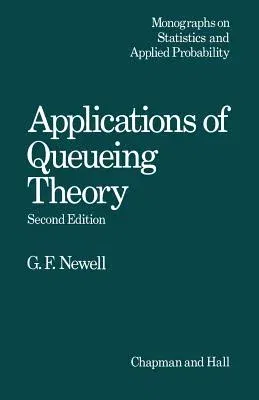C Newell
(Author)Applications of Queueing Theory (Softcover Reprint of the Original 1st 1982)Paperback - Softcover Reprint of the Original 1st 1982, 13 November 2013

Qty
1
Turbo
Ships in 2 - 3 days
In Stock
Free Delivery
Cash on Delivery
15 Days
Free Returns
Secure Checkout
Part of Series
Ettore Majorana International Science
Print Length
303 pages
Language
English
Publisher
Springer
Date Published
13 Nov 2013
ISBN-10
9400959729
ISBN-13
9789400959729
Description
Product Details
Author:
Book Edition:
Softcover Reprint of the Original 1st 1982
Book Format:
Paperback
Country of Origin:
NL
Date Published:
13 November 2013
Dimensions:
21.59 x
13.97 x
1.7 cm
ISBN-10:
9400959729
ISBN-13:
9789400959729
Language:
English
Location:
Dordrecht
Pages:
303
Publisher:
Weight:
371.95 gm

